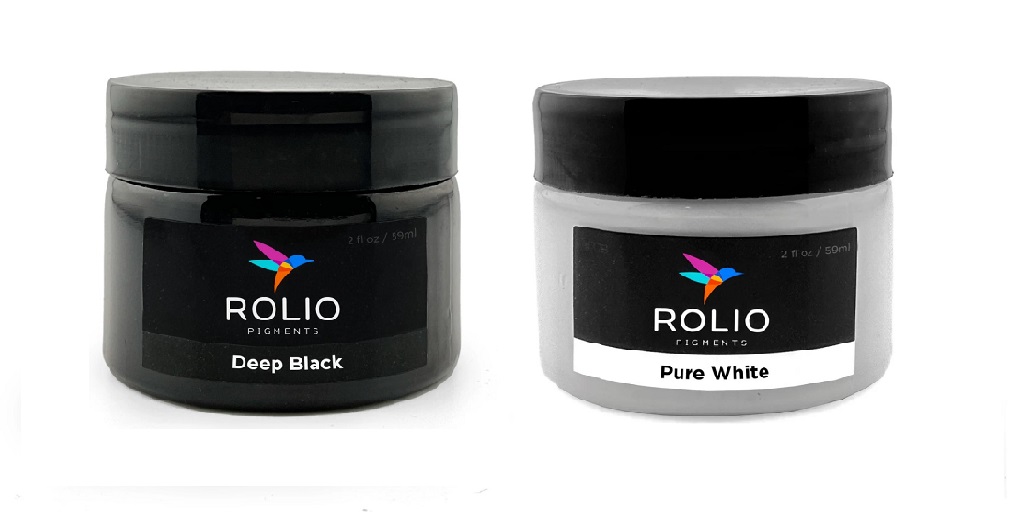
Woodblock printing, a traditional art form with deep roots in ancient China, continues to capture the hearts of modern artists. This blog will explore its enduring appeal, the role of pigment paste, and practical how-to tips for those interested in trying this craft.
A Brief History of Woodblock Printing
Woodblock printing originated in ancient China, where artisans carved intricate designs into wooden blocks. What began as an artistic pursuit soon became a game-changer for culture, as this method enabled the rapid-fire production of texts and images, something that wouldn’t be seen again until the printing press came along.
Woodblock Printing in Modern Times
Today, woodblock printing remains popular among artists seeking a hands-on, tactile approach to their work. The tactile experience of carving wood, the satisfaction of mixing pigment paste, and the joy of seeing a print come to life are unparalleled.
For modern artists, woodblock printing is an analog haven in a digital sea. The slow, deliberate process becomes almost like a meditation, demanding focus and care. In today’s whirlwind, many artists find this quiet focus deeply calming.
The Role of Pigment Paste
Pigment paste plays a crucial role in woodblock printing. The quality of the paste determines the vibrancy and longevity of the colors in your artwork. It’s like the heartbeat of the print—without it, your designs would lack the life they need.
Traditional Chinese woodblock printing used pigments from natural sources, such as minerals and plants, which produced beautiful, earthy tones. Nowadays, artists can choose from a vast range of synthetic and natural pigment pastes, offering a full spectrum of colors.
Choosing the Right Pigment Paste
Picking the right pigment paste is crucial for great prints. For top-notch results, go for high-quality options. Rolio Pigments has a fantastic selection that caters to every project.
Color Combinations to Try
● Deep Black and Pure White. These classic colors work well together for bold, contrasting prints.
● Tiger Orange and Aureolin Yellow. Perfect for vibrant, energetic designs that pop.
● French Rose and Purple Heart. Ideal for creating rich, romantic pieces with a sophisticated touch.
Experiment with these combinations and find what speaks to your style. High-quality pigment paste from Rolio Pigments ensures your prints will be vibrant and lasting.
Preparing the Pigment Paste
Consistency is crucial. The paste should be smooth and easy to spread but not too watery. Mix thoroughly to ensure even color distribution.
How to Mix and Use Pigment Paste in Woodblock Printing
Step 1: Preparing Your Workspace
● Materials Needed: Woodblock, carving tools, pigment paste, brush or roller, paper, and a press or baren.
● Setup: Ensure your workspace is clean and well-lit. Have all materials within reach.
Step 2: Carving the Woodblock
● Design: Sketch your design on the woodblock.
● Carving: Use carving tools to carefully carve out the design, removing areas that will not be printed.
Step 3: Applying the Pigment Paste
● Mixing: Stir the pigment paste until it reaches a smooth consistency.
● Application: Use a brush or roller to apply a thin, even layer of pigment paste to the carved woodblock.
Step 4: Printing
● Positioning: Place the paper on top of the inked woodblock.
● Pressing: Apply even pressure using a press or baren to transfer the design onto the paper.
● Revealing: Carefully lift the paper to reveal your print.
Step 5: Drying and Finishing
● Drying: Allow the print to dry completely before handling.
● Finishing: You may want to trim the edges or mount the print as desired.
Tips for Successful Woodblock Printing
1. Practice patience. Carving and printing require time and precision. Take your time to achieve the best results.
2. Experiment with colors. Mix different pigment pastes to create unique shades and effects.
3. Test prints. Do a few test prints to ensure the pigment paste is applied evenly and the design transfers correctly.
Woodblock printing is a rewarding art form that combines history, creativity, and craftsmanship. Ready to get started? Explore Rolio Pigments for the perfect pigment paste to bring your woodblock prints to life!


